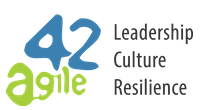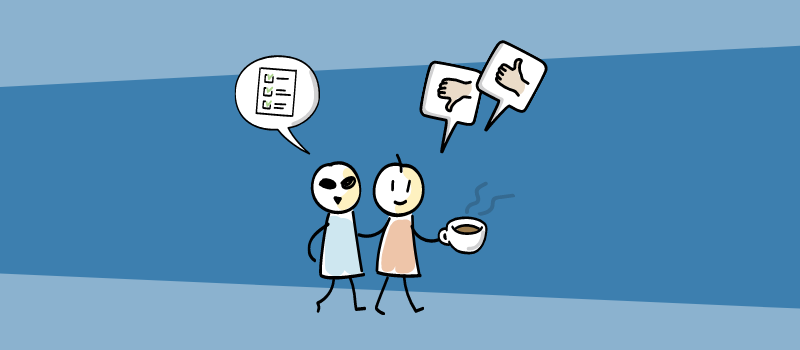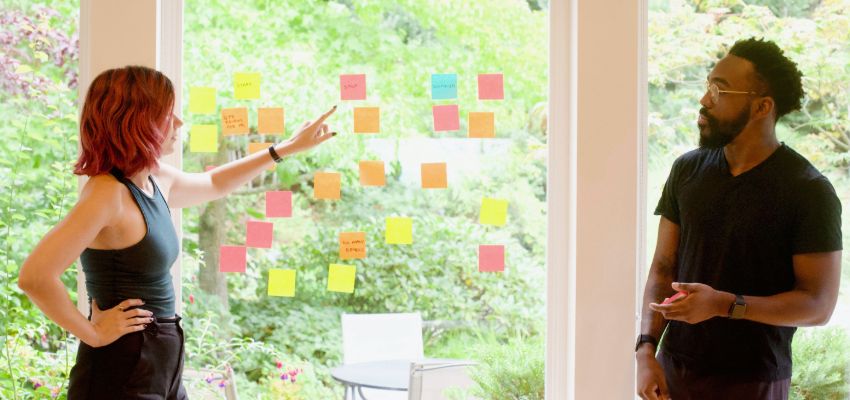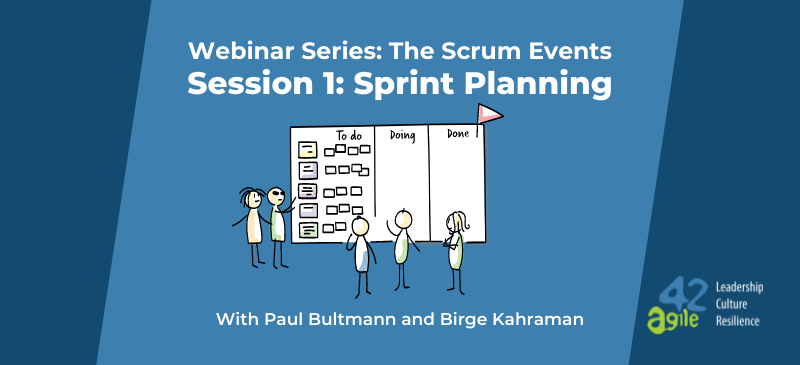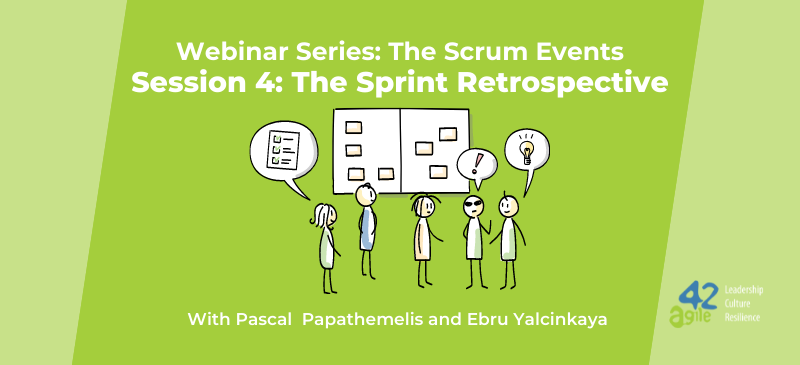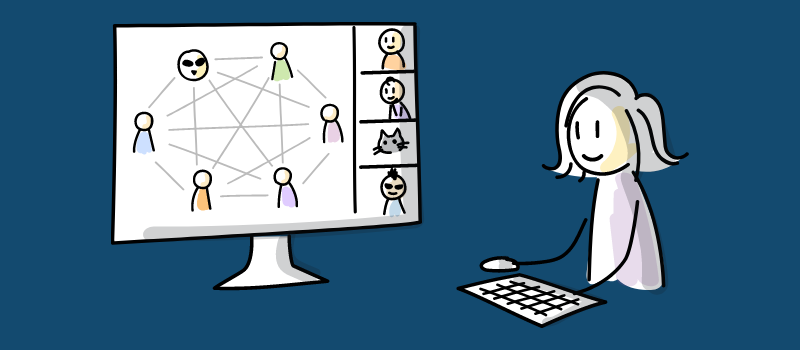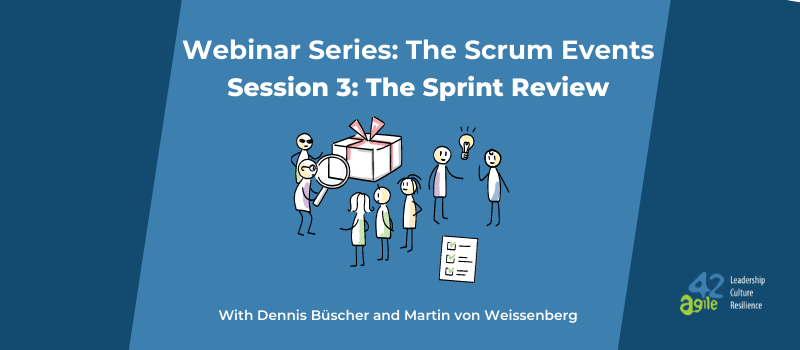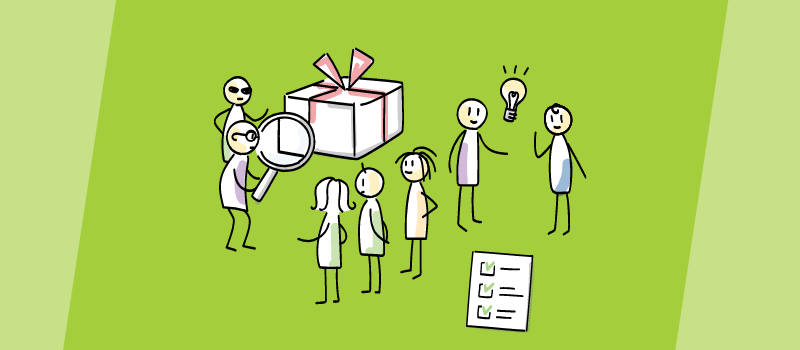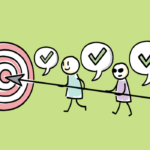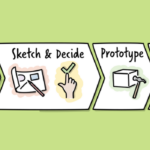Lean Coffee: What is it and how does it work?
Lean Coffee is a meeting facilitation technique with a simple but effective format. It is structured, with a democratically selected agenda, and the discussion is led by the attendees of the meeting.
What is Lean Coffee?
In a Lean Coffee there are generally one or more facilitators, but it differs from a classic meeting format in that it does not have a predetermined agenda or a meeting leader. Instead, attendees suggest topics they would like to discuss, and then vote on these to create an agenda that is completely tailored to the needs and interests of the attendees. For this reason, Lean Coffee is a great way to make better use of the time available in meetings, and make sure everyone is heard – even the introverts.
Where did Lean Coffee Start?
Lean Coffee was started by two Lean coaches in Seattle in 2009. According to the official Lean Coffee website, Jim Benson and Jeremy Lightsmith were looking for a way to discuss Lean techniques without traditional, limiting structures. They “didn’t want to start a whole new cumbersome organization with steering committees, speakers, and such. They wanted a group that did not rely on anything other than people showing up and wanting to learn or create.”
These days, there are Lean Coffees all over the world, both in person and online.
When should you use the Lean Coffee format?
Lean Coffee is a great structure for almost any meeting type, but the structure is commonly used for sprint retrospectives, conferences, open days, Scrum events, or even to replace traditional corporate meetings. They are a good choice if you feel your meetings waste time, attendees are disengaged, and the same topics are discussed over and over again with no real progress towards your goal. They also make for great structured networking events, to bounce ideas off other professionals in your industry.
However, there are some situations when using the Lean Coffee format is not appropriate. An example is when setting a meeting about an important topic that needs to be discussed with your team, or when there are crucial updates that require someone to take the lead and share information.
Lean Coffee Format
The Lean Coffee process is very simple, although it may vary depending on the size, location, and mature of the meeting. However, the basic structure remains roughly the same.
Step one: Participants propose topics
During the first phase of the meeting, all attendees are asked to suggest topics for conversation. In some situations, this is a complete free flow of ideas, while other Lean Coffees may have an umbrella theme to discuss, such as an upcoming product or a new goal. These topics can be written on sticky notes and placed on a whiteboard, typed on a virtual Kanban board, or put into a virtual list of any kind. This is a time-boxed activity, where everyone is encouraged to contribute.
Step two: Vote on topics
Once topics, questions, and concerns are collected, attendees have the chance to vote for the topics they feel are most important to discuss. This can be done via virtual polling tools, or simply by drawing a dot on the sticky note in question. The topics with the most votes are gathered and this becomes the meeting agenda. The clear advantage here is that the meeting – by its nature – is structured around topics that attendees are motivated, invested, and interested in.
Step three: Break into groups and discuss
Once the topics of discussion have been confirmed, each topic is assigned a time limit, and the group is split into smaller groups to discuss them in the time provided. Usually these discussions happen in smaller groups of three to 10 people. In a virtual setting, this would be done using a feature such as Zoom’s breakout rooms, while in person, groups would simply form in small clusters around the space. Smaller groups have been shown to facilitate discussion that has more depth and richness, and they encourage contribution even from the quieter members of the group. This process can be repeated for each topic.
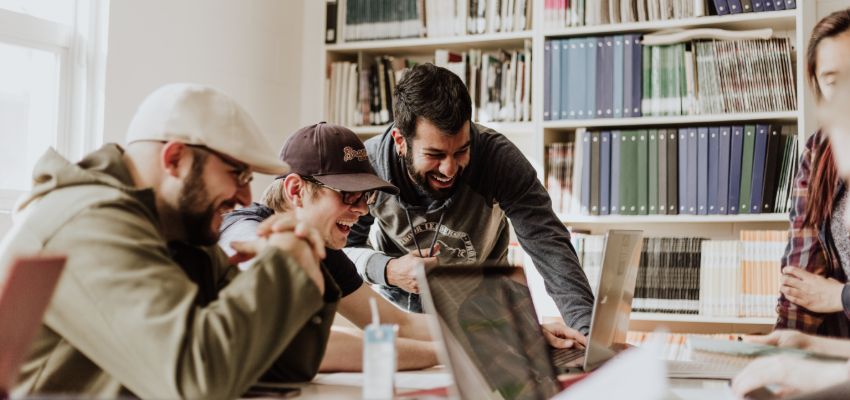
Photo by Priscilla Du Preez on Unsplash
Step four: Discuss key themes and takeaways
Following the breakaway discussions, the group gets back together to share their insights and discoveries. At this stage, the goal is to decide on the key takeaways of the meeting, and (depending on the context) next steps to take.
Join our exclusive group to learn more
If you are interested in connecting with like-minded professionals, and picking the brains of some of agile42’s coaches, you can join our LinkedIn group, The Coffee Club by agile42. If you join the Community, you’ll also have access to an exclusive forum with thousands of other agile and leadership experts, special offers and discounts on training, exclusive content, and events.
